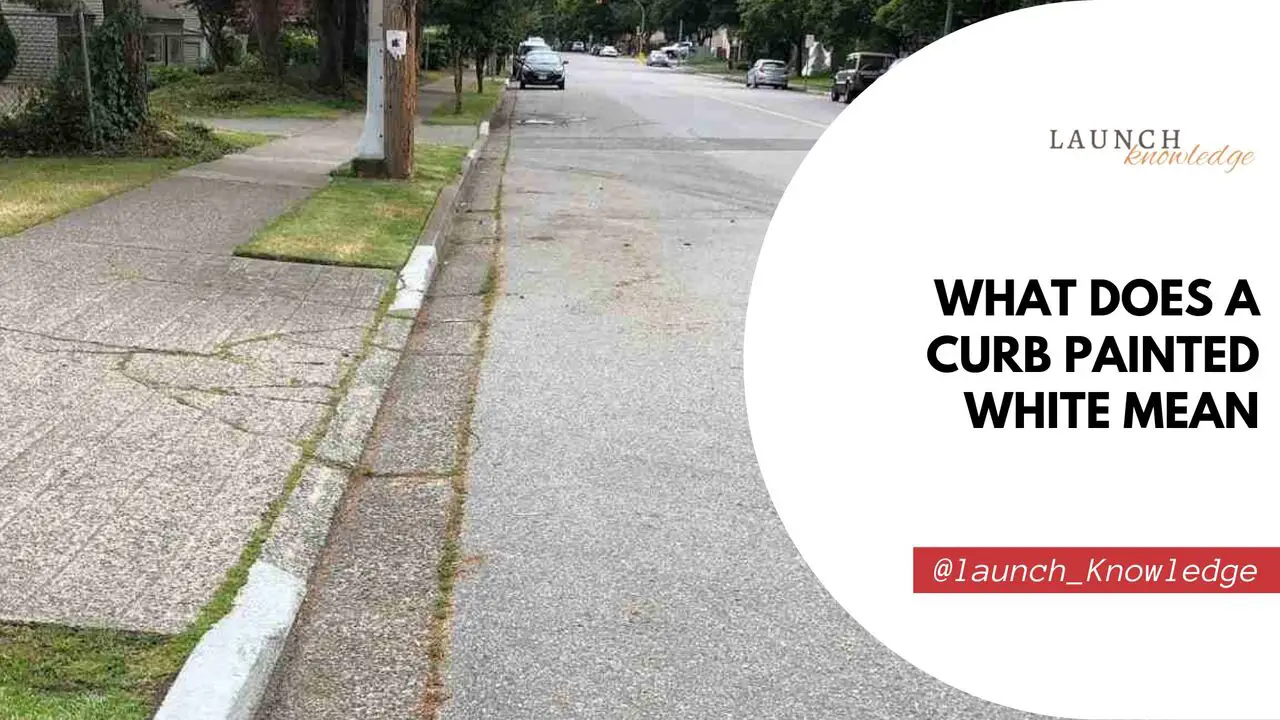Understanding the Chilling Psychology of Biting the Curb

Introduction
The act of "biting the curb" is a notoriously brutal form of violence that has captured the attention of both the public and media. This heinous act involves forcing a victim to place their mouth on a street curb, followed by a violent stomp to the back of the head. Often depicted in films and television shows, the portrayal of this act has left a lasting impression on audiences, highlighting its gruesome nature and the terrifying implications it holds in real life. While it's often dramatized for shock value, the reality behind such violence is deeply disturbing and raises questions about the psychological factors that drive individuals to commit such acts.
| Quick Info Table |
|---|
| Act: Biting the Curb |
| Nature: Violent assault |
| Media Portrayal: Often depicted in films and TV |
| Real-life Implications: Severe injury or death |
| Psychological Factors: Aggression, dominance, dehumanization |
Historical Background
The origins of "biting the curb" as a form of violence are murky, with few documented cases until its portrayal in popular media brought it to wider attention. Historically, this act is believed to be associated with extreme forms of aggression and dominance, often linked to hate crimes and gang violence. The notorious film "American History X" brought this act into the public eye, depicting it as a brutal hate crime, which highlighted the racial tensions and the extent of violence that can arise from deep-seated hatred.
In real life, there have been few documented cases of curb stomping, but when they occur, they often result in severe injury or even death. Notable incidents have shown that this act is not just a fictional creation but a terrifying reality that can have devastating consequences for victims and communities alike. Understanding the historical context of such violence is crucial in comprehending the depth of its impact on society.
Psychological Factors
Examining the mindset of individuals who engage in such brutal acts reveals a complex web of psychological factors. Aggression and dominance are often at the core of these violent behaviors. Perpetrators may exhibit a desire to exert power and control over their victims, using extreme violence as a means to achieve this.
Furthermore, dehumanization plays a significant role in enabling such acts. When perpetrators view their victims as less than human, it becomes easier for them to justify their actions. This psychological distancing allows individuals to commit acts of extreme violence without the burden of empathy or guilt.
There are also potential underlying psychological motivations, such as a history of exposure to violence or trauma, which can desensitize individuals and make them more prone to committing violent acts. Understanding these psychological factors is essential in addressing the root causes of such behavior and preventing future occurrences.
Societal Impact
The impact of "biting the curb" extends beyond the immediate physical harm inflicted on victims. It has profound effects on the communities where such violence occurs, instilling fear and perpetuating cycles of aggression and retaliation. Victims and their families are often left to deal with the long-term consequences, both physically and emotionally.
From a legal perspective, law enforcement agencies face significant challenges in preventing and prosecuting such acts of violence. The brutality and often premeditated nature of curb stomping make it a difficult crime to combat. However, efforts to address hate crimes and gang violence have led to increased awareness and legal measures aimed at preventing such acts.
Society as a whole must grapple with the implications of such violence, recognizing the need for comprehensive strategies to address the underlying causes and prevent further harm.
Prevention and Awareness
Preventing acts of extreme violence like "biting the curb" requires a multifaceted approach. Here are some tips and strategies to help protect oneself and others from falling victim to such violence:
- Community Engagement: Building strong, supportive communities can help deter violence by fostering a sense of belonging and mutual respect.
- Education: Raising awareness about the dangers of curb stomping and the psychological factors that drive such behavior is crucial. Educational programs can help individuals recognize warning signs and intervene before violence occurs.
- Conflict Resolution: Teaching effective conflict resolution skills can prevent situations from escalating into violence. Encouraging open communication and understanding can help resolve disputes peacefully.
- Support Services: Providing access to mental health resources and support services for individuals at risk of committing or experiencing violence can address underlying issues and prevent escalation.
Raising awareness about the dangers of "biting the curb" is vital in preventing such acts of violence. By understanding the motivations behind these brutal acts, individuals and communities can take proactive steps to protect themselves and promote a culture of nonviolence.
Conclusion
In conclusion, understanding the chilling psychology of "biting the curb" is essential in addressing the root causes of such brutal acts and preventing them from occurring. By examining the historical background, psychological factors, and societal impact, we gain insight into the complexities of this form of violence. Prevention and awareness are key in protecting individuals and communities from falling victim to such heinous acts. As society continues to grapple with the implications of extreme violence, it is crucial to foster a culture of empathy, understanding, and nonviolence, ensuring that acts like "biting the curb" become relics of the past.